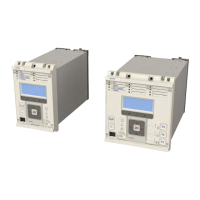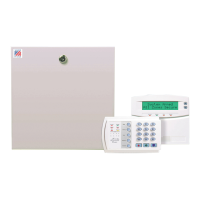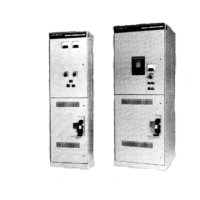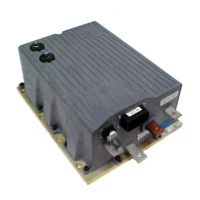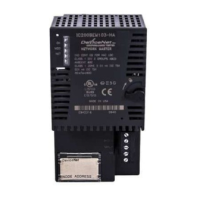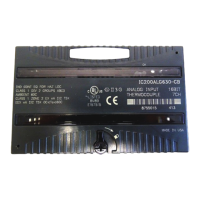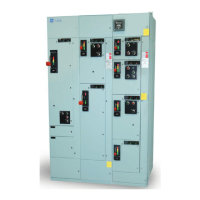Note:
A Default v
ariation refers to the variation responded to when variation 0 is requested and/or in class 0, 1, 2, or 3 scans.
Note:
For static (non-change-ev
ent) objects, qualifiers 17 or 28 are only responded to when a request is sent with qualifiers 17 or
28, respectively. Otherwise, static object requests sent with qualifiers 00, 01, 06, 07, or 08, will be responded to with qualifiers
00 or 01. For change-event objects, qualifiers 17 or 28 are always responded to.
6.3.8.3 DNP3 INTERNAL INDICATIONS
The following table lists the DNP3.0 Internal Indications (IIN) and identifies those that are supported by the device.
The IIN form an information element used to conv
ey the internal states and diagnostic results of a device. This
information can be used by a receiving station to perform error recovery or other suitable functions. The IIN is a
two-octet field that follows the function code in all responses from the device. When a request cannot be
processed due to formatting errors or the requested data is not available, the IIN is always returned with the
appropriate bits set.
Bit Indication Description Supported
Octet 1
0 All stations message received
Set when a request is received with the destination address of the all stations
addr
ess (6553510). It is cleared after the next response (even if a response to a
global request is required).
This IIN is used to let the master station know that a "broadcast" message was
received by the relay.
Yes
1 Class 1 data available
Set when data that has been configured as Class 1 data is ready to be sent to
the master.
The master station should request this class data from the relay when this bit
is set in a response.
Yes
2 Class 2 data available
Set when data that has been configured as Class 2 data is ready to be sent to
the master.
The master station should request this class data from the relay when this bit
is set in a response.
Yes
3 Class 3 data available
Set when data that has been configured as Class 3 data is ready to be sent to
the master.
The master station should request this class data from the relay when this bit
is set in a response.
Yes
4 Time-synchronization required
The relay requires time synchronization from the master station (using the
Time and Date object).
This IIN is cleared once the time has been synchronized. It can also be cleared
by explicitly writing a 0 into this bit of the Internal Indication object.
Yes
5 Local
Set when some or all of the relays digital output points (Object 10/12) are in the
Local state. That is, the relays control outputs are NOT accessible through the
DNP protocol.
This IIN is clear when the relay is in the Remote state. That is, the relays control
outputs are fully accessible through the DNP protocol.
No
6 Device in trouble
Set when an abnormal condition exists in the relay. This IIN is only used when
the state cannot be described by a combination of one or more of the other IIN
bits.
No
7 Device restart
Set when the device software application restarts. This IIN is cleared when the
master station explicitly writes a 0 into this bit of the Internal Indications
object.
Yes
Octet 2
0 Function code not implemented The received function code is not implemented within the relay. Yes
Chapter 16 - Communications P24xM
334 P24xM-TM-EN-2.1
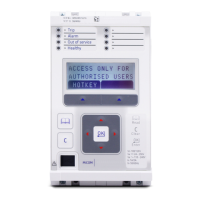
